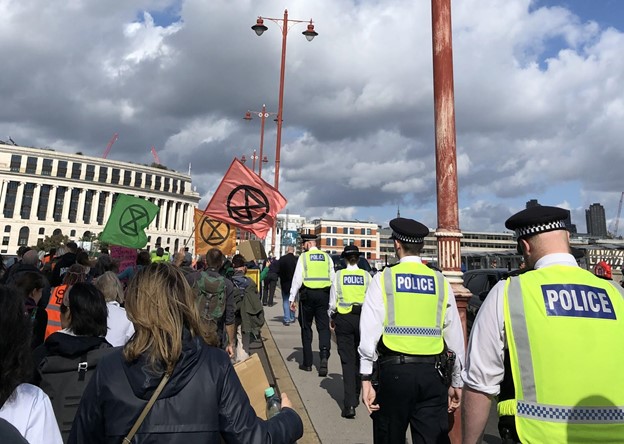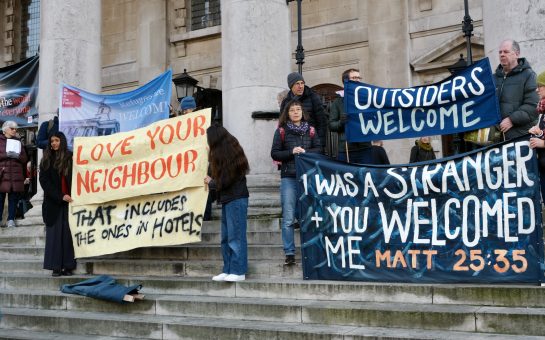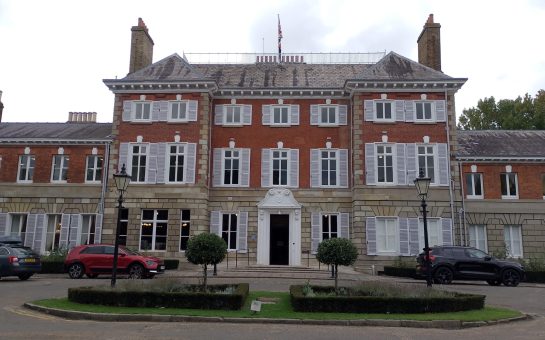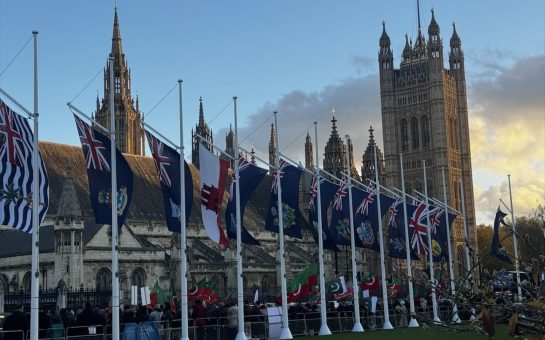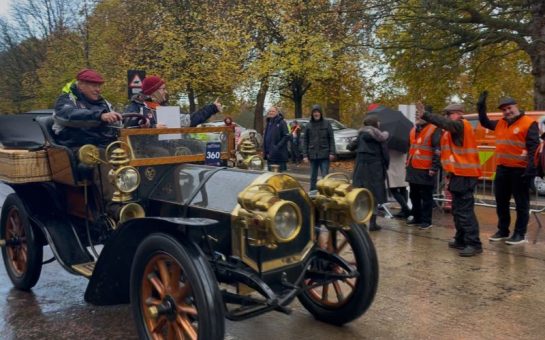Westminster Bridge will be one of the few London landmarks not submerged in the floodwater of the Thames by the end of the decade, scientific research non-profit Climate Central has predicted.
This made it an even more profound choice of location to become the site of arrest, protest, and a lot of sitting down this October as a coalition – including Just Stop Oil (JSO) and Jeremy Corbyn’s Peace & Justice Project – protested “government inaction” on, what they state is, the intertwined crises of climate and cost-of-living.
They sought to occupy Westminster, blockading its surrounding roads, for the entirety of the month. But, as October unfolded, some protestors’ divisive stunts – which included throwing tinned soup at a Van Gogh – brought a mix of positive and negative attention.
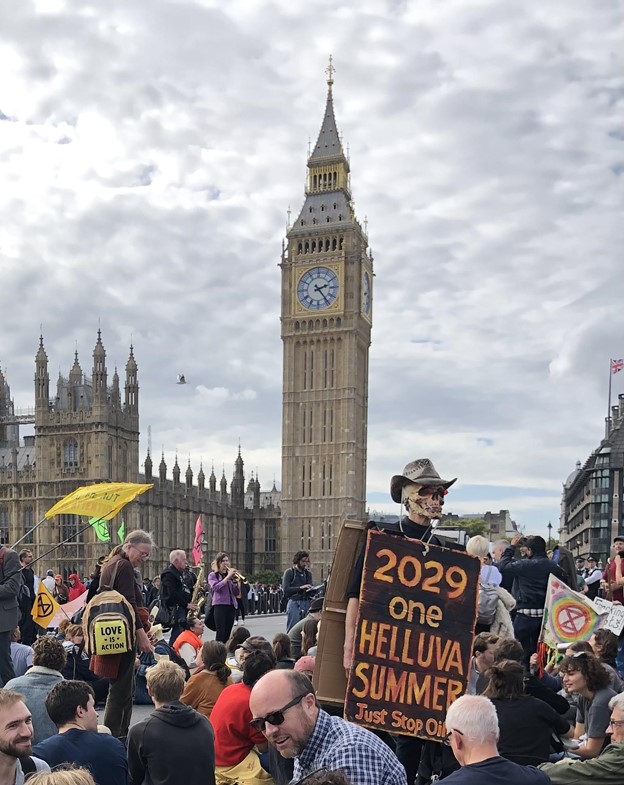
When NHS nurse and mother-of-two Susan Kirkham arrived at Millenium Park, Waterloo, on October 1, she wasn’t carrying a tin of Heinz. Rather, she was holding a rucksack and intense feelings of guilt and anxiety: For having her child breathe in polluted London air.
She felt that leafleting stalled cars outside school gates to turn-off their ignitions felt futile in the face of a climate emergency threatening regular flooding of London by 2030.
She believed she had seen the intertwined impact of the cost-of-living and climate crises, first-hand. While Jeremy Corbyn stated that the Peace & Justice Project joined the JSO coalition on the belief that “the cost-of-living and climate crisis are one and the same”.
Susan was unsure whether the protest could affect governmental policy change, but stated: “If I don’t try I’ll feel even more guilty than I do already.”
She was met by a gathering, including students, supermarket workers, a wheelchair basketball coach and an ecological entomologist, prepared to march to Westminster Bridge. At 24 other points, similar groups also assembled to begin Occupy Westminster.

The protest, which seems to swing on a pendulum between street theatre stunts and radical action, is the contemporary manifestation of a lineage of organised activism and civil disobedience.
It notably references Occupy Wall Street, the 2011 occupation of New York’s financial district in protest of an unaccountable economic and political order that had plunged the world into recession three years prior.
Dr Bart Cammaerts, Head of the Department of Media and Communications at LSE, states that Occupy Westminster draws on the tactics of its fore-bearers “through occupying symbolic spaces where, according to the movement, injustice is taking place.”
However, it also expands them, targeting proxies of the fossil fuel industry – cars. A tactic which will garner public frustration, culminating in videos of confrontations between motorists and blockading protesters.
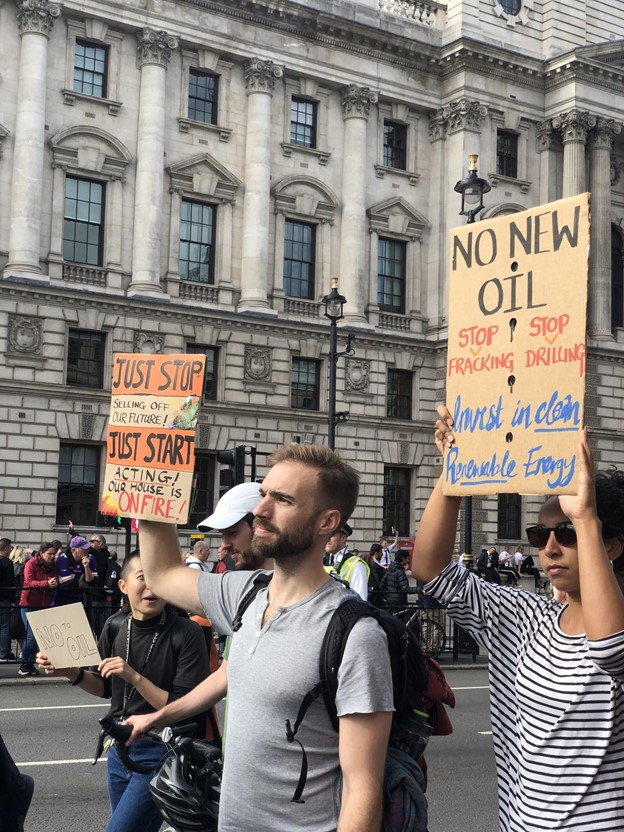

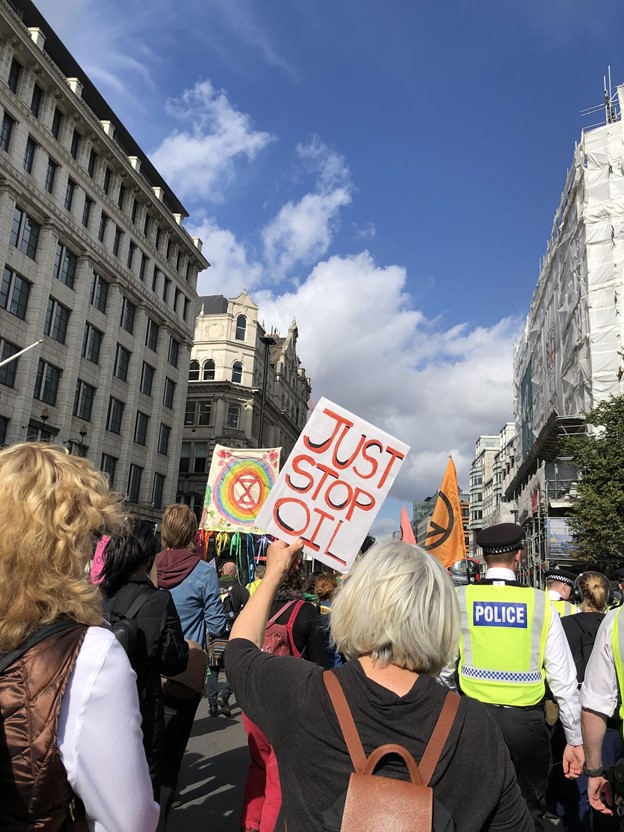
Protesters march to Westminster Bridge. Image credit: Laura Beveridge
The ‘occupying’ of Westminster Bridge began with sandwiches in reusable lunch boxes being unpacked. With one group pulling out mock newspapers with tongue-in-cheek headlines like “Don’t panic: poverty will lower carbon footprint”.
With police in neon jackets informing sitting protestors that, while they had the right to protest, the public also had a right to access the road and, as such, at “some point” arrests would be made.
Simultaneously, a protester with JSO made his way around the amorphous groups, attempting to mould them into discussion circles.
By the second weekend of Occupy Westminster, hundreds of arrests had been made and videos of the protest gained thousands of views. The protestors made headlines in the The New York Times and The Washington Post, while the Daily Mail declared them “eco-zealots” and the JSO “militant”.
Some found the videos to be inspirational, while others found the actions – especially, the aforementioned soup slinging – misjudged.

Although some felt the move was counterintuitive for a group seeking to sway public opinion in their cause’s favour, Dr Cammaerts shed light on this apparent tension.
“If you are a movement or activist, you want to draw attention to your cause. Then, unavoidably, and certainly in the current culture, you are going to have to do something spectacular to gain media resonance,” he said.
“One of the most effective ways to do that is to disrupt.”
Dr Cammaerts added that the strength of the action is the movement’s ability to capture the attention of traditional media, breaking free of the echo-chambers of social media.
“The success of these movements is not always about specific policies or about specific measurable tangible outcomes. These things are also about raising awareness amongst people,” he explained.
Dr Cammaerts points to the increasing number of people in agreement with Occupy Westminster’s message that more action is needed on climate change. From Greenpeace to the School Strike to Occupy Westminster, the issue has increasingly been placed in people’s minds and, therefore, in the minds of the government, he concludes.
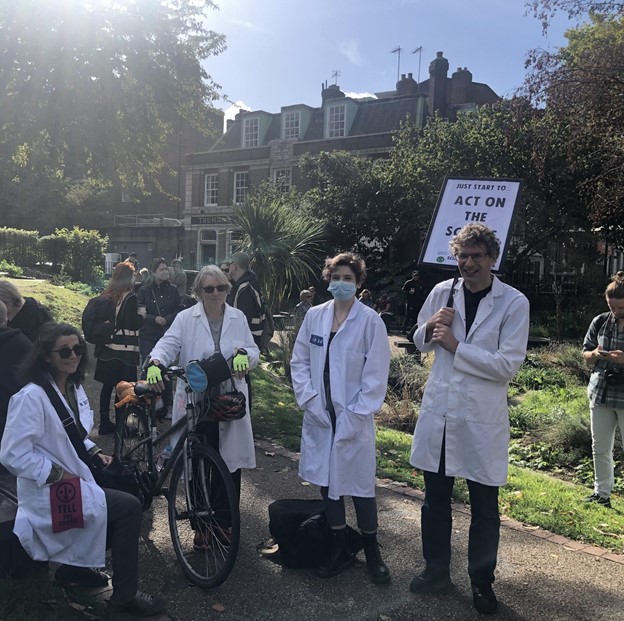
One of those people, Shana Sullivan, attended the first day of Occupy Westminster. At 26, she is one of the oldest members of a generation increasingly defined by climate anxiety and felt that her presence was a matter of existential importance.
Shana, who works in the field of physics and space engineering, marched amongst lab-coat cladded protesters as part of Scientists for XR. She felt that their attendance lent legitimacy to the protest’s cause and methods.
She stated: “Everyone wishes someone would do something [about climate change]. When they see other people actually trying to effect that change, they get inspired and join us…it’s really about swaying the public.”
It may be too early to definitively evaluate the success of Occupy Westminster. The month-long campaign, after all, is not over. Nonetheless, JSO claims to have caused “massive disruption”, while the NHS, TfL, and The Met claim that disruption has been minimal.
That is to say, during the first fortnight of protests, life in London largely went on. Commuters drank coffee from throw-away cups, 112 million pieces of plastic were added to the ocean, and no government U-turn on fracking was forced.
A government spokesperson reinforced that increasing domestic gas supply is part of the UK’s transition to net zero. They added: “While we respect the right to protest, people’s day-to-day lives should not be disrupted, and criminal activity will not be tolerated.”
But, as Shana implied, a movement’s success can also be measured by its ability to infiltrate, shift, and shape public debate – or to contribute to it as part of a longer process.
For most protesters on Westminster Bridge on October 1, the certainty of success was not their motivating factor. Rather, it was, in the words of Susan Kirkham: “so I could tell my children: I’ve tried.”
Featured image credit (Susan Kirkham): Neal Haddaway
